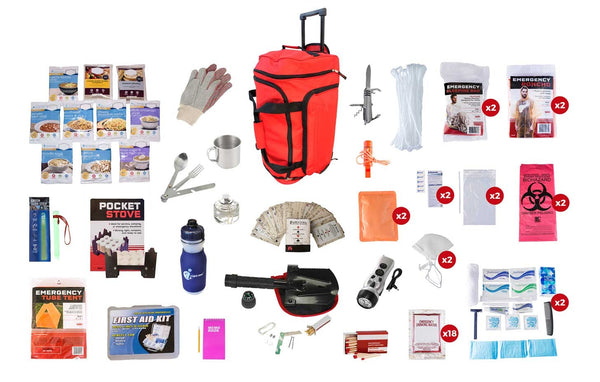
What Is Survival Kit Meaning?
Before you begin to prepare your survival kit, it is important to assess your current living conditions. This includes your environment, your needs, and your challenges. You should take into account factors like family dynamics, location of tornadoes, and food preferences. Your personal preferences will determine what items to include. You can also build a customized kit for your household. After assessing these factors, you should create a survival kit that will suit your lifestyle and preferences.
A basic survival kit should include water for one person per day, and water treatment supplies. If you live in a rural area, you should have enough water for several days. Make sure you use durable bottles to avoid degradation of the water. Back up water treatment products include a pump filter like the Hiker Pro from Katadyn, as well as iodine drops. In a disaster scenario, you can store emergency supplies in your car or even store them in a public place.
Whether you're in a boat or a plane, your survival kit should have essential items to help you survive. Some kits contain self-inflating rafts that can be life-saving in cold water. Other survival supplies may include flotation vests, fish nets, and other equipment. They may also contain fluorescent sea marking dye and other tools and materials that can be used to signal rescue teams. You can also include medical supplies and sunscreen in your kit.
Food is another important item to include in your survival kit. You should include water pouches, drinking water, and freeze-dried and canned food. Some emergency food bars and freeze-dried foods have a shelf life of up to 20 years. Ensure that the food items you include in your kit are non-perishable and easy to prepare. You should consider how long you'll need to survive. Some people have even packed one year's worth of food.
A survival kit should contain essential items such as medications. It should contain 7 days worth of medication so that you can survive until you can get your prescriptions. A first aid kit can also help you treat small injuries and is an essential part of an emergency kit. A multi-tool can be used as a survival knife. It should also include a compass and a signal mirror so that you can find your way around the area.
Your survival kit should contain supplies for your daily needs. For example, you should include a supply of water and food for three days. Keeping a survival kit in your home is an excellent way to protect yourself in case of an emergency. If you live in an area that is affected by a disaster, you can stock up on supplies and keep yourself safe. You can use your emergency kit to help others in the area and stay warm, and it will also give you peace of mind.
 CampingSurvivalistHuntingFishingExploringHikingPrivacy PolicyTerms And Conditions
CampingSurvivalistHuntingFishingExploringHikingPrivacy PolicyTerms And Conditions
